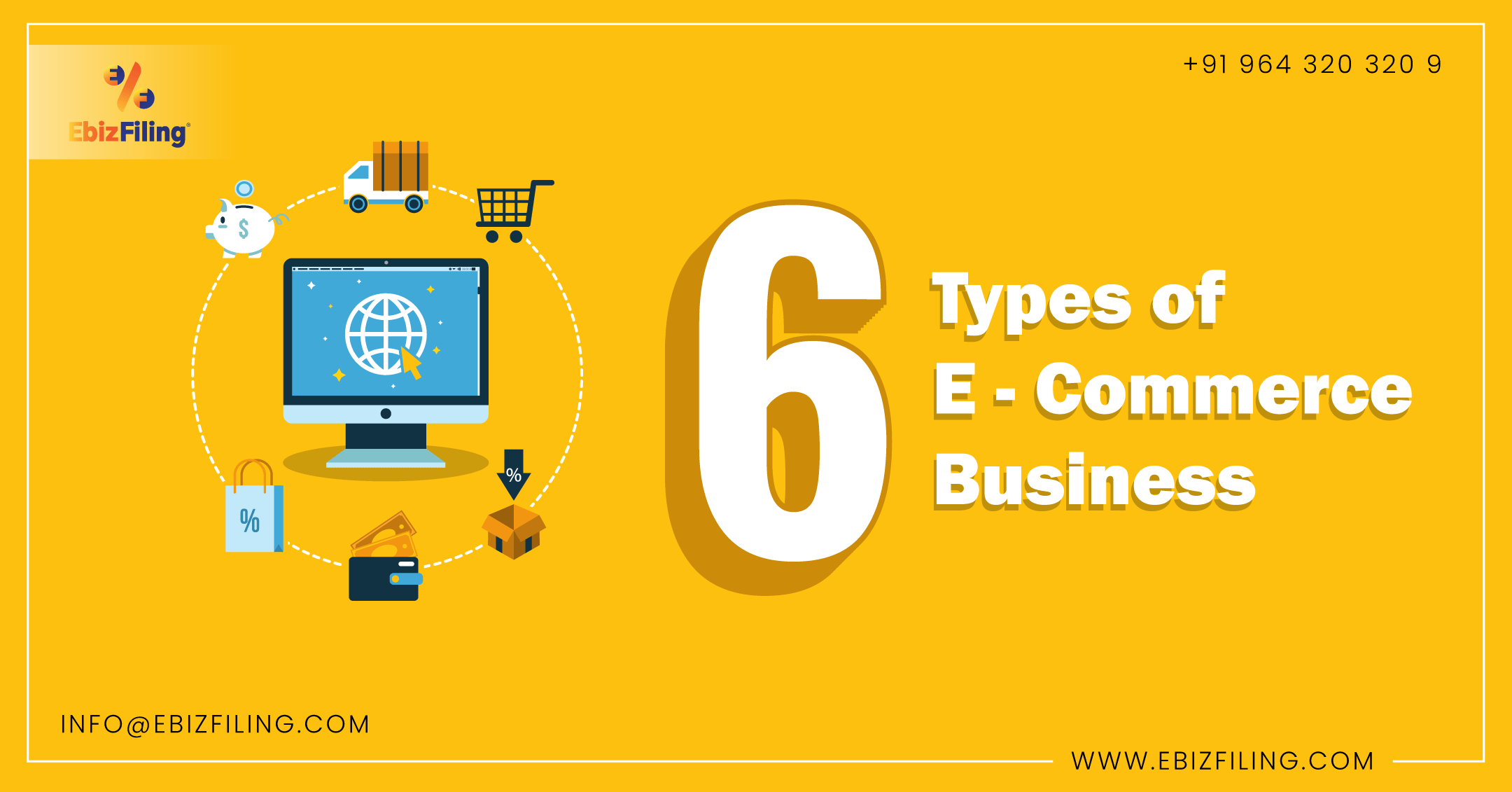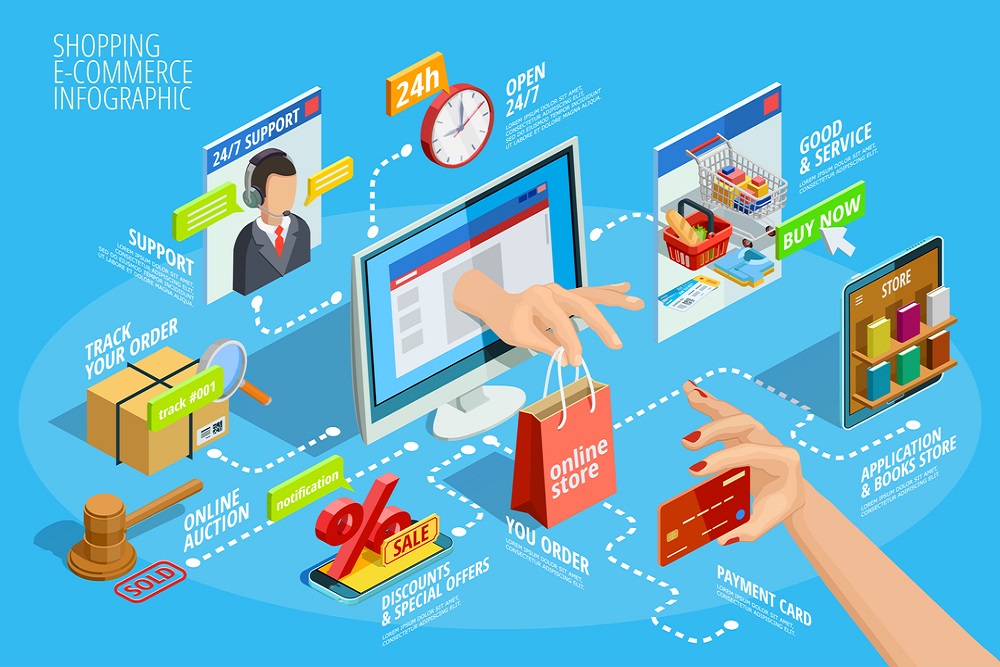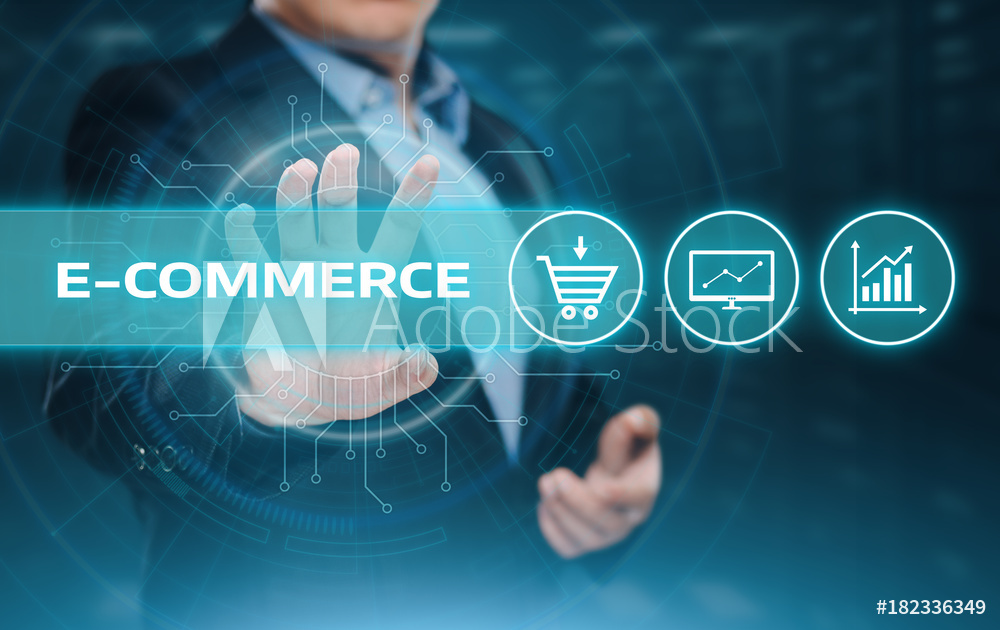E-commerce is “electronic commerce” that takes place on the Internet.
The size of the e-commerce market is expanding year by year, as it has many benefits for both sellers and buyers.
In this article, we will introduce the meaning of e-commerce, market size, advantages and disadvantages, and examples of successful BtoB e-commerce.
What does e-commerce mean?
E-commerce is an abbreviation for “Electric Commerce”.
It refers to commercial transactions of goods and services conducted over the Internet, so in everyday terms it is “online shopping.”
E-commerce sites are well-known B2C sites such as Amazon in the United States, Rakuten Market in Japan, and Alibaba in China.
The size of the e-commerce market continues to expand year by year, as it has many benefits for both sellers and buyers.
When you think of e-commerce, many people think of B2C, but in reality, B2B e-commerce has a market size that is approximately 20 times larger than B2C.
BtoB e-commerce is also expanding year by year.

E-commerce market size
The e-commerce market size continues to increase year by year.

●BtoC e-commerce market size
Trends in BtoC e-commerce market size (unit: billion yen)

Source: Ministry of Economy, Trade and Industry, “FY2018 Infrastructure Development for a Data-Driven Society in Japan (Market Survey on Electronic Commerce)”
Regarding BtoC e-commerce, as shown in the figure above, the market size in 2018 was 18 trillion yen, an increase of 9% from the previous year.
The “EC rate”, which is the proportion of the e-commerce market size to all commercial transactions, was 6.22%, an increase of 0.43% from the previous year.
BtoC e-commerce is characterized by a significant growth in transactions via smartphones.
Changes in BtoC e-commerce market size via smartphones

Source: Ministry of Economy, Trade and Industry, “FY2018 Infrastructure Development for a Data-Driven Society in Japan (Market Survey on Electronic Commerce)”
The BtoC e-commerce market size via smartphones reached 3,655.2 billion yen (21.5% increase from the previous year) in 2018, accounting for 39.31% or nearly 40% of the total BtoC e-commerce market size.

●BtoB e-commerce market size
Regarding BtoB, the e-commerce market size is expanding year by year.
Changes in BtoB e-commerce market size

Source: Ministry of Economy, Trade and Industry, “FY2018 Infrastructure Development for a Data-Driven Society in Japan (Market Survey on Electronic Commerce)”
As shown in the figure above, the BtoB e-commerce market size was 334.2 trillion yen in 2018, an 8.1% increase from the previous year, and the EC rate was 30.2% (0.8% increase from the previous year).
This is equivalent to 18.6 times that of BtoC.
However, much of what is statistically included in the BtoB e-commerce market size is considered to be electronic data interchange (EDI), a form of transaction between large companies that has been around since the modem era.
●CtoC e-commerce is rapidly expanding due to flea market apps
Another characteristic of recent years is the rapid expansion of “CtoC” as an e-commerce channel.
CtoC involves conducting commercial transactions between individuals using flea market apps such as eBay, Yahoo Auctions, and Mercari.
Trends in market size of flea market apps

Source: Ministry of Economy, Trade and Industry, “FY2018 Infrastructure Development for a Data-Driven Society in Japan (Market Survey on Electronic Commerce)”
The market size of flea market apps was 639.2 billion yen in 2018 (32.2% increase from the previous year).
Flea market apps first appeared in 2012, so a huge market was formed in just 6 years until 2018.

Benefits of e-commerce
What advantages does e-commerce have over brick-and-mortar commerce?
Let’s look at both the seller and the buyer.
●Advantages for sellers
The benefits of e-commerce for sellers are:
1. Can significantly reduce sales costs
With e-commerce, you don’t even need to have a physical store.
Labor costs for sales and sales can also be significantly reduced compared to having a physical store.
Significant reductions in sales costs can be said to be the number one benefit of e-commerce.
2. We can expect an increase in customers.
E-commerce can be expected to increase the number of customers compared to physical store sales.
The reason for this is that the spread of the Internet has increased the number of consumers and businesses using e-commerce, and that transactions can be conducted not only in Japan but also in markets around the world.
3. cash flow is improved
In e-commerce, orders from customers go directly to your warehouse.
You can shorten the time it takes to deliver to your customers, and receive payments from your customers that much faster.
Improves cash flow and increases profits.
●Benefits for buyers
The benefits of e-commerce for buyers are:
1. You can shop anywhere and anytime
With e-commerce, you can shop anywhere and anytime.
Even if you live in a rural area and don’t have a physical store near your home, or if you have small children and don’t have enough time, or if you’re elderly and have difficulty going out to shop, you can buy whatever you want. You can purchase it at
2. Easy to compare products and prices
E-commerce is also characterized by the ease of comparing products and prices.
Comparing different e-commerce sites is easier than comparing physical stores.
You can also easily compare prices by sorting products from cheapest to lowest.
3. Significantly reduces input time
Although this is a BtoB-only benefit, by using e-commerce, you can significantly reduce the hassle of accounting input related to product purchases.
Because e-commerce allows data about purchases to be automatically transferred to accounting systems.

Disadvantages of e-commerce
The disadvantages of e-commerce are as follows.
1. I can’t hold the real thing in my hands and see it.
With e-commerce, you cannot actually see the actual product in your hands.
This can be a big negative when purchasing a product.
2. Unable to experience “store experience”
With e-commerce, you cannot have the “store experience” that is only possible at physical stores.
For example, in addition to purchasing books, many people who visit a bookstore enjoy walking through the store and seeing the variety of books on display.

Successful examples of e-commerce in BtoB
A well-known example of successful e-commerce in BtoB is the stationery company Askul.
Originally, ASKUL sold catalogs, but in recent years it has expanded into an e-commerce business, and it is no exaggeration to say that most companies use ASKUL’s services.
Monotaro, an e-commerce site that handles materials and tools used in factories and other workplaces, is also known as a successful example of BtoB e-commerce business.
With an overwhelming selection of over 13 million items, it has earned the nickname “Amazon of factories.”


